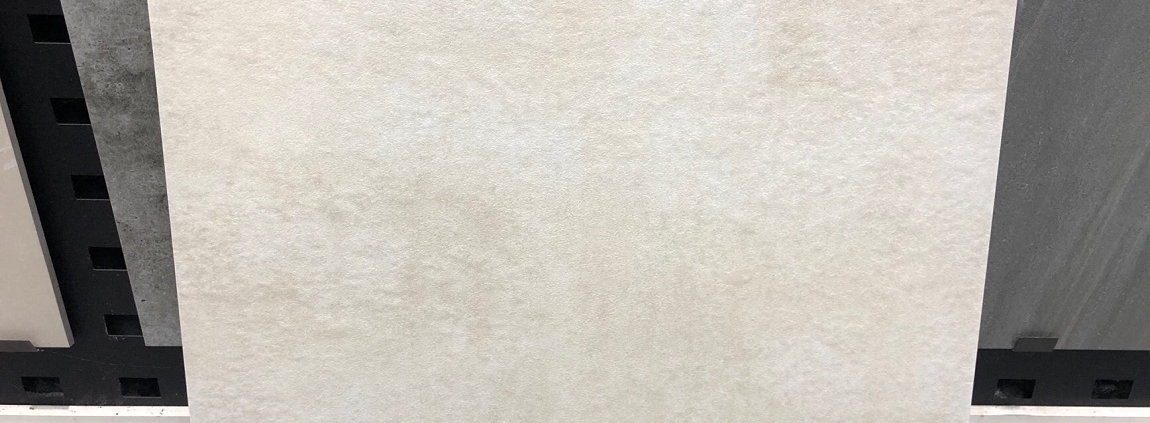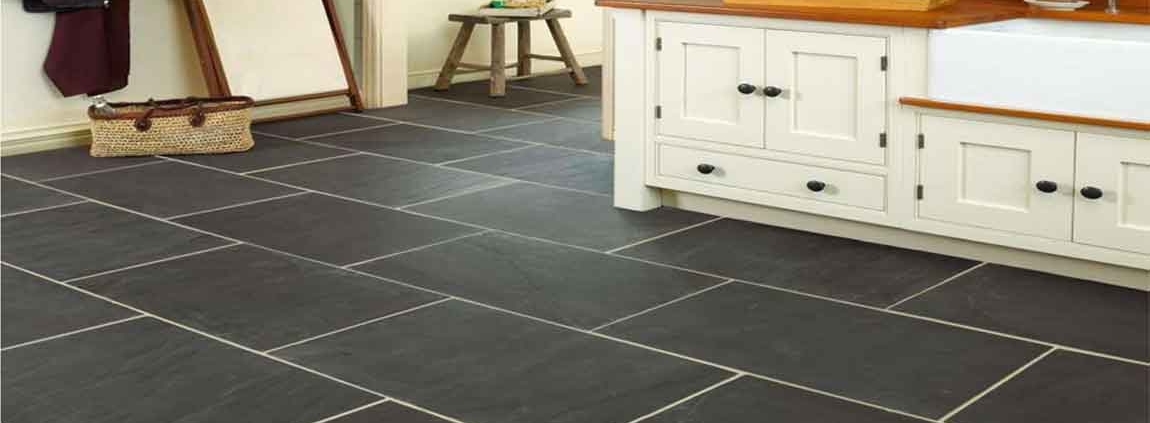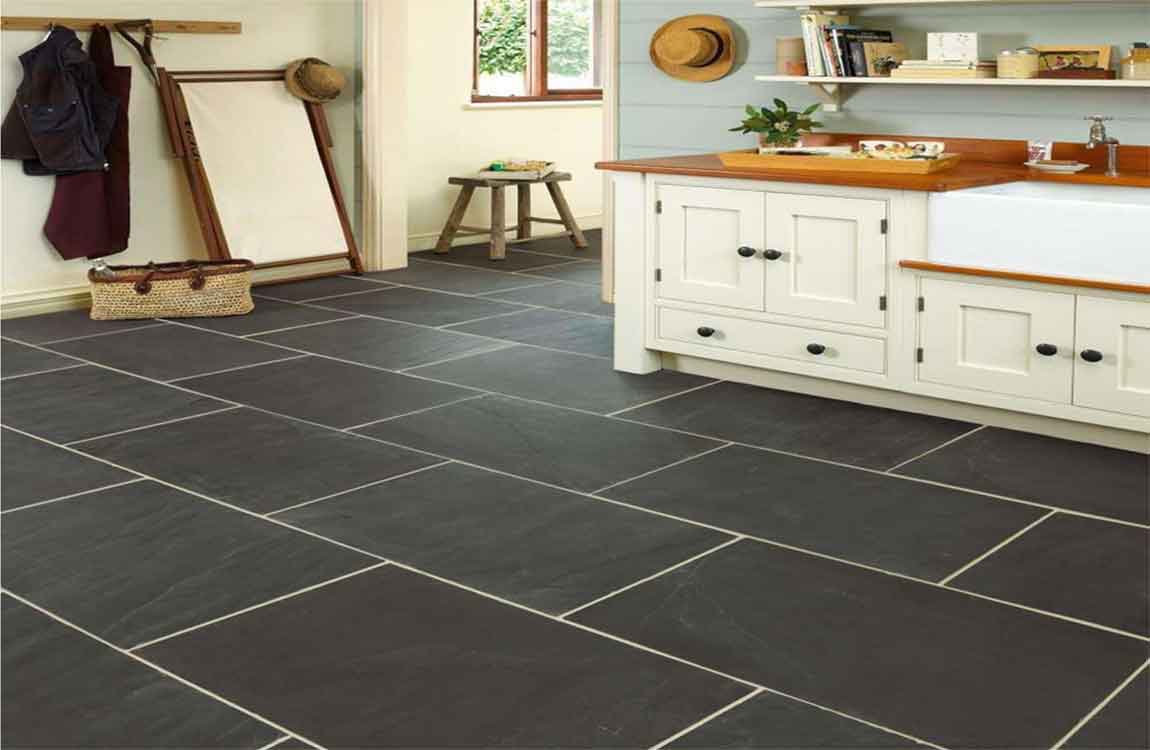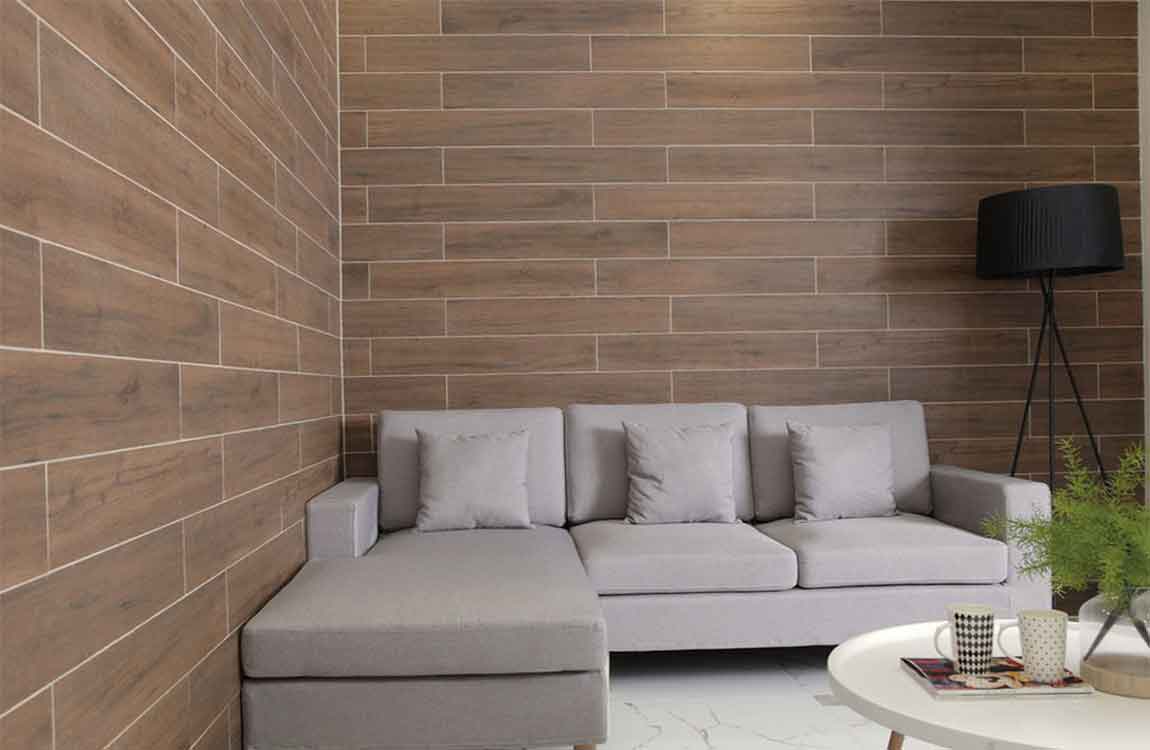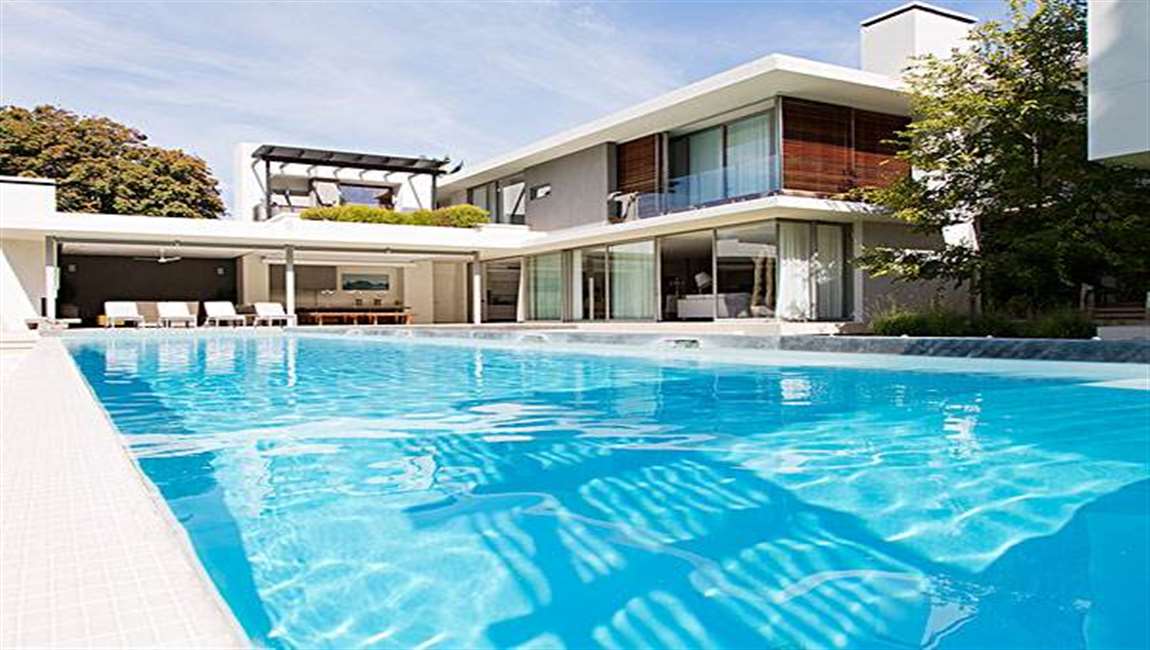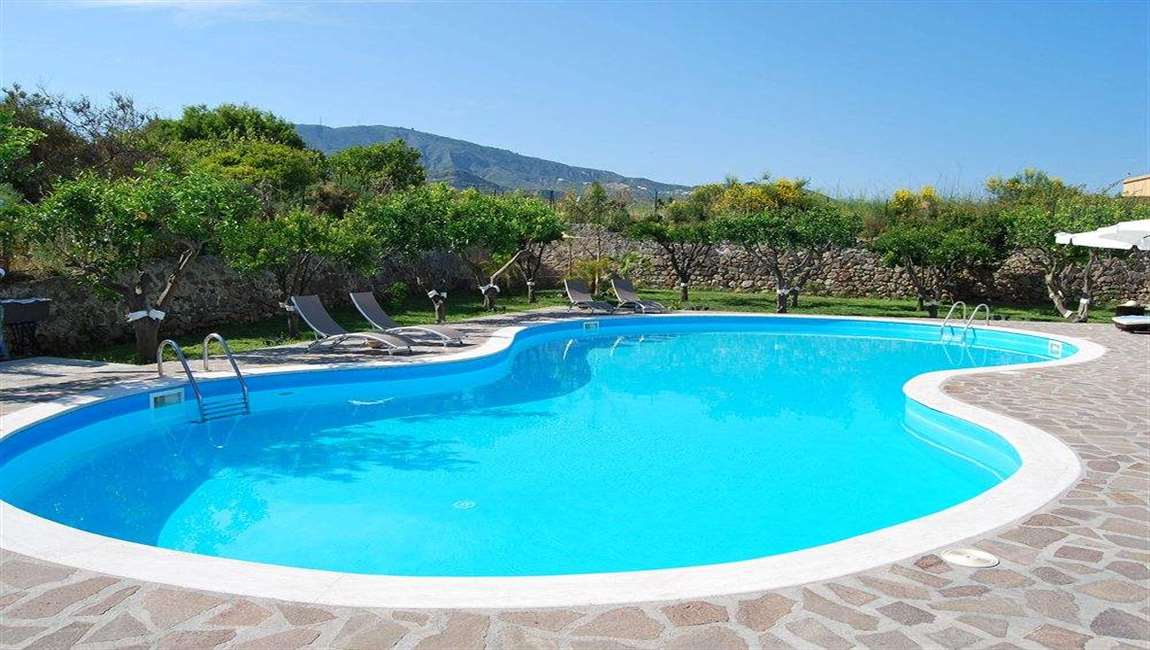The comparison of ceramic tile and stone material
- Property
Tile: Tile is a kind of fireproof metal oxide, it forms after being ground, pressed, sintered and so on, form porcelain qualitative or stone qualitative material.
Stone: Stone is a kind of natural material, after cutting, polishing and other processes, the material itself has not changed.
- Price
Tile: Some tiles are expensive, some are cheap. All of them can be tiled directly after buying.
Stone: The stone need to be processed before tiling, so the price of most stone material is higher than ceramic tile, nevertheless there are some types of tiles are about the same as stone.
- Practicability
Tile: Tile is less resistant to strike, and it is easily broken in transportation and tiling, so it costs more. Normally, the edge will be worn when tile was used in the family for about 6 months. For 8-12 months, the wear on the surface will take place on different levels. The tile that used in public place will be worn after 2-3 months and the abrasion will take place on different levels within 6 months.
Stone: Stone is a very durable material, normally it used as some important architectural decoration and the service life is very long. In terms of wear resistance, stone material is far superior to ceramic tile.
- Colour Difference
Tile: Processed by machines, the tile has less colour difference.
Stone: Because stone is a kind of natural material, its colour difference is more obvious, and the surface pattern is also not as rich as the ceramic tile.
- Shape
Tile: When manufactured, the shape of tile is more limited, and it may cause some error due to temperature change or equipment.
Stone: Stone material can be cut into special shape according to the need of decoration, and it is more convenient to use.
- Security
Tile: Tile surface become smoother after being processed, especially with water on the tile, it’s even more slippery.
Stone: Stone is a kind of safety material, it can prevent people from slipping, and this material is safe to walk on, so there is little potential safety hazard here.

